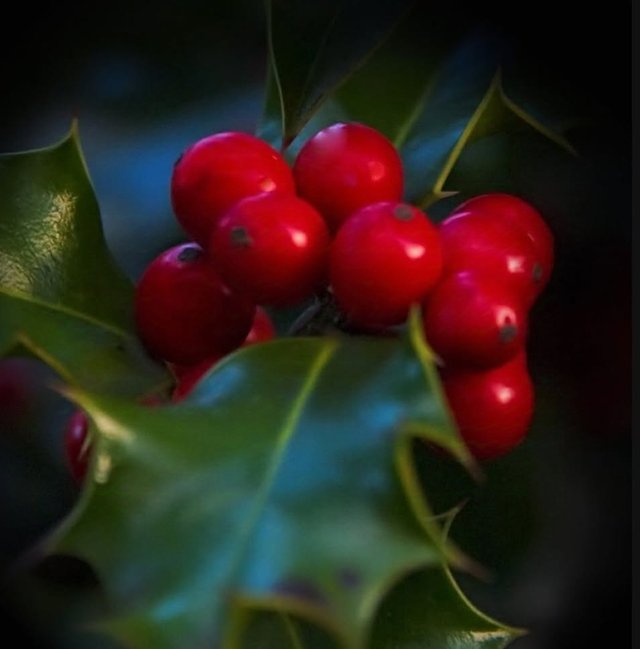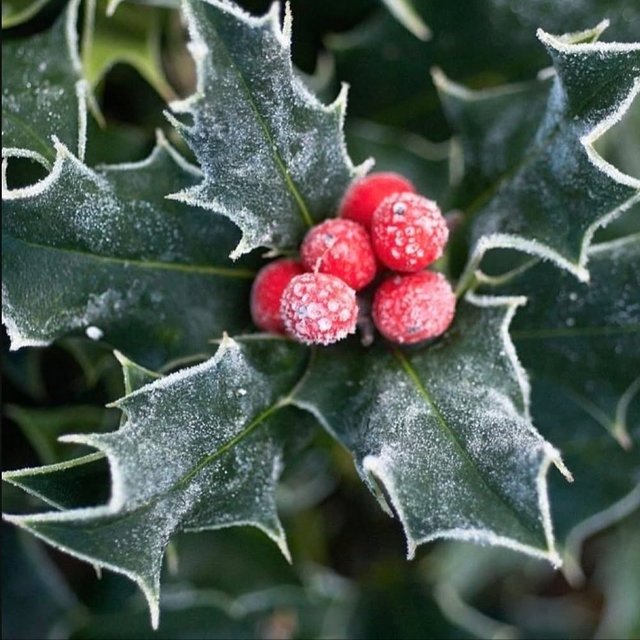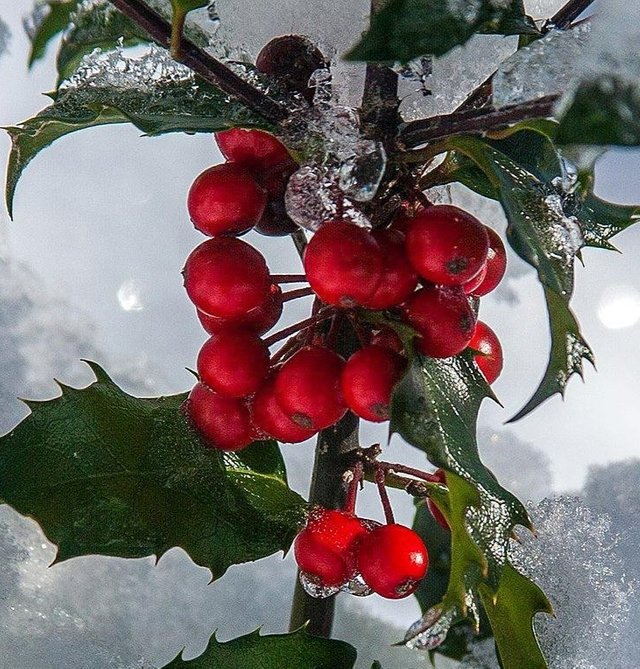So Beautiful Common Holly Fruit
Common Holly: A Symbol of Beauty and Resilience
Common holly, often associated with festive decorations and winter landscapes, is a fascinating evergreen shrub or small tree native to Europe, North Africa, and western Asia. Its glossy, spiny leaves and bright red berries make it an iconic plant that is both visually appealing and ecologically significant.
Physical Characteristics
Common holly typically grows to a height of 10 to 15 meters and can live for hundreds of years under the right conditions. Its dark green, leathery leaves have a distinctive wavy edge adorned with sharp spines, particularly on younger plants or lower branches, which serve as a defense against herbivores. Older leaves and higher branches often lose their spines.
The tree produces small, white, star-shaped flowers in late spring, which are mildly fragrant and attract pollinators like bees. Holly is dioecious, meaning male and female flowers grow on separate plants. For berries to form, a female plant must be pollinated by a nearby male plant. The berries, which ripen in autumn and persist through winter, are a vivid scarlet hue and a vital food source for birds, though they are toxic to humans if ingested.
Habitat and Growth
Holly thrives in a variety of environments, from woodlands and hedgerows to urban gardens. It is highly adaptable, tolerating shade and a wide range of soil types, though it prefers well-drained, slightly acidic soils. Its tolerance for pollution and salt makes it an excellent choice for urban planting and coastal areas.
Ecological Importance
Common holly plays an essential role in its ecosystem. The dense foliage provides year-round shelter for birds, particularly during winter when other vegetation is sparse. The berries are a valuable winter food source for birds such as thrushes, blackbirds, and robins.




Thanks For Reading
Device Information
| Device | cannon eos 600D |
|---|---|
| Lens | 55-250 zoom leans |
| Location | Myanmar |
